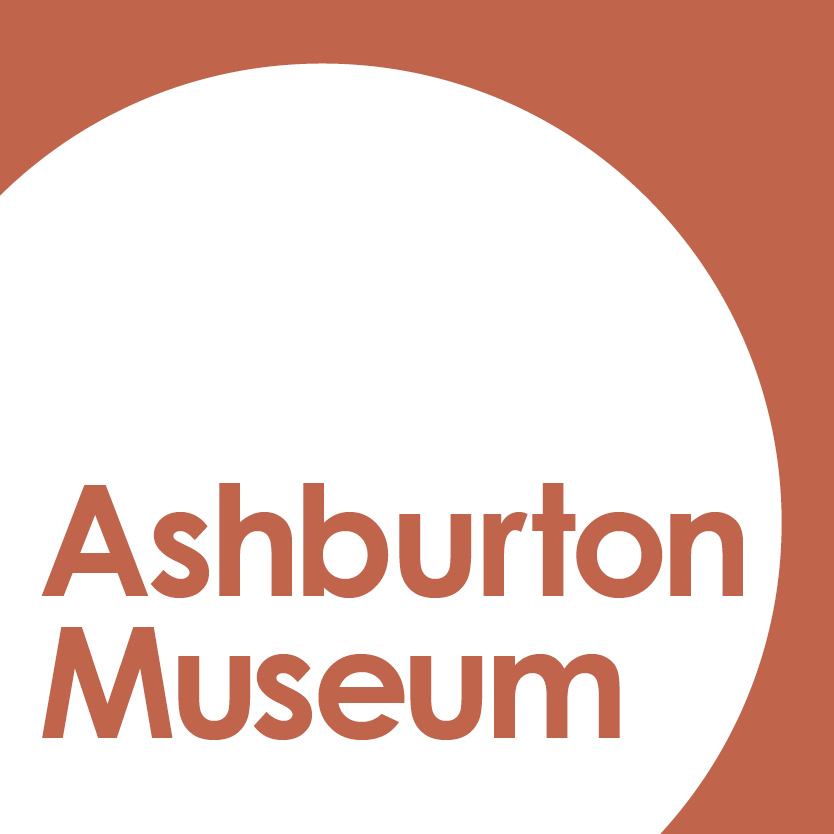Isn’t it amazing that in the span of 60 seconds you can take a photograph on your cellphone and post it on social media for your friends and family from all over the world to see, like and comment on? Just 30 years ago, that would have been unthinkable. Nowadays it can be easy to forget that before the age of built-in camera phones, photographs could only be take on film or glass plate cameras.

Early photography
The first photograph was taken in 1862 by a man names Joseph Nicéphore Niépce and required an eight-hour-long exposure. Niépce went on to partner with a painter named Louis-Jacques-Mandé Daguerre to develop and refine the process.
By the late 1830s the exposure times were down to just a few seconds and daguerreotypes became the first form of commercial photography. A few years later William Henry Fox Talbot developed the calotype process, which allowed photographers to create a negative and then make multiple prints with it. In the early 1850s the collodion wet plate process was introduced by a man named Frederick Scott Archer; this involved creating a negative image on a transparent piece of glass. The collodion process was eventually superseded by the gelatin dry plate process.
In the late 1880s the first roll of film was created by George Eastman, which made it possible for people to take multiple photos without having to change the film or glass plate in the camera after each individual photo was taken. Fast-forward to the mid-1920s and the first Leica camera using 35mm film was developed, which meant that the camera size could be compacted. Ten years later Kodak released a colour film called Kodachrome and the first instant camera was created.
One of the first types of films used was nitrate film, but a major drawback was that it was highly flammable. Nitrate film was eventually replaced by acetate film, known as “safety film”, but unfortunately this can develop vinegar syndrome which causes the film to deteriorate and release an acetic smell. In the mid-1950s, polyester film was introduced and gradually replaced acetate film as it was more stable.
Tindall collection
If you’re someone like me who has an interest in photography, you might be familiar with a few well-known international photographers from the early twentieth century, such as Ansel Adams, Man Ray or Dorothea Lang. Or you might be more familiar with some of the more recent famous photographers like Annie Liebovitz, Steve McCurry or Gregory Crewdson. But have you heard of the Ashburton photographer Charles Tindall?

Charles Tindall was a local photographer who started managing Stewart Studios, which was located in the now demolished Saunders building on East Street, in August 1951. A few years later in 1955, Stewart Studios was renamed Charles Tindall Photography.
Tindall photographed a range of subjects including weddings, portraits, events, clubs and sports teams, businesses, and scenes from around Ashburton. He even managed to snap a few photos of some well-known people when they visited the district, such as Queen Elizabeth II and Sir Edmund Hillary. In 1978 Tindall was the official photographer for the Ashburton Borough Centenary celebrations. Several years ago Ashburton Museum was lucky enough to receive a donation of quite a number of Tindall’s negatives that had been removed from his studio shortly before the Saunders building was demolished in 1996-97.
Rehousing Negatives
One of our ongoing projects at Ashburton Museum is the rehousing of a number of photo negatives we have in our collection that are at risk of deterioration, including the Tindall Collection. Our rehousing process involves removing a group of negatives that have been stored together in one envelope and putting each negative into its own acid free, archive quality envelope. The negatives are then placed in a sealed plastic box that is stored in a scientific-grade freezer. The freezer’s cooler temperatures and lower levels of humidity help to extend the life of the negatives. So far we have rehoused just over 6,700 of Tindall’s negatives.

So next time you decide to pull out your phone and photograph something to share on Facebook or Instagram, take a moment to remember how far photography has come over the last two hundred years. Perhaps consider how lucky we are to be able to easily capture and preserve these moments in time and share them with our friends and family.
By Anita Badger
Unless otherwise stated, photographs and research materials on this page are owned by the Ashburton Museum & Historical Society Inc. This post was modified for this blog and was originally published in the Ashburton Guardian, 19 February 2022.

Leave a comment